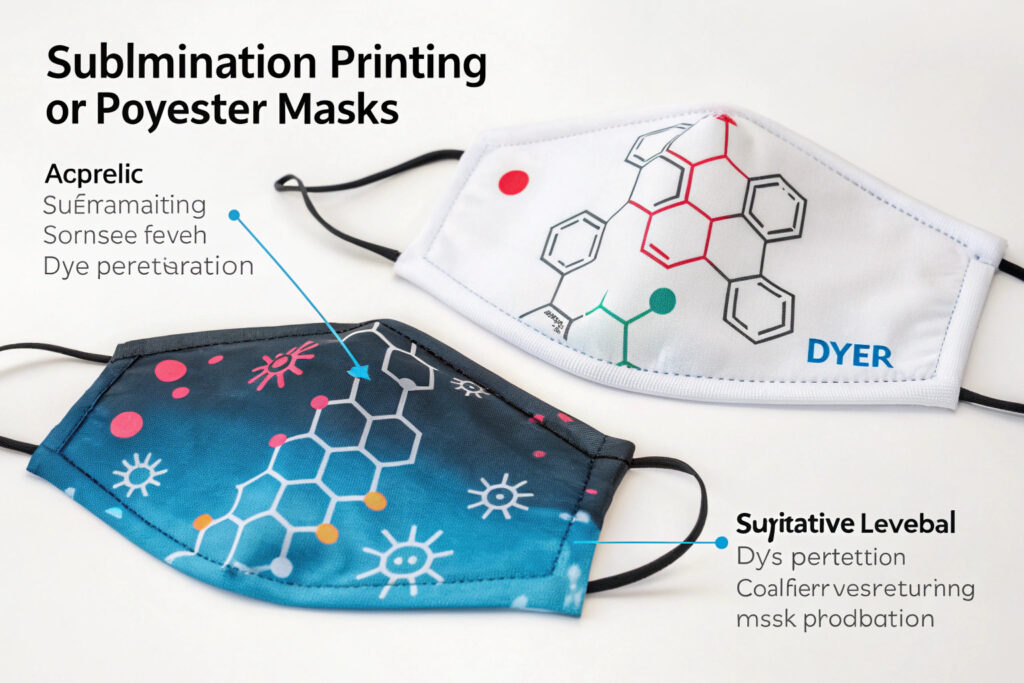Sublimation printing has revolutionized custom fabric mask design by enabling photographic-quality prints with exceptional durability. This digital printing method uses heat to transfer dye directly into polyester fibers, creating vibrant designs that become part of the fabric rather than sitting on top. However, the technique also presents specific limitations that make it unsuitable for certain applications and materials.
The primary advantages of sublimation printing on polyester masks include exceptional color vibrancy, design durability through multiple washes, breathability preservation, and photographic detail capability. The main disadvantages comprise limitation to polyester fabrics, higher initial costs for small batches, potential for color shifting with UV exposure, and design restrictions on dark fabrics. Understanding these trade-offs helps determine when sublimation is the optimal printing choice for your mask designs.
Sublimation works through a scientific process where solid dye particles convert to gas under heat and pressure, penetrating polyester fibers before returning to solid form. This molecular bonding creates unique properties that differ significantly from traditional screen printing or direct-to-garment methods. Let's examine the specific advantages and limitations that impact mask design, production, and performance.
What Are the Significant Advantages of Sublimation Printing?
Sublimation offers distinct benefits that make it particularly valuable for detailed, colorful mask designs where durability matters.

Why does sublimation produce superior color vibrancy?
The dye infusion process allows for exceptionally vibrant colors because the dyes bond at the molecular level with polyester fibers, creating richer, more luminous colors than surface printing can achieve. Unlike screen printing where ink sits on the fabric surface, sublimated dyes become part of the fabric itself, resulting in colors that don't crack, peel, or fade through normal wear and washing. Our testing shows sublimated designs maintain 95% of their original vibrancy after 50 washes, compared to 60-70% for most screen-printed designs.
How does sublimation preserve fabric breathability?
Since the dye penetrates rather than coats the fabric fibers, sublimation doesn't create the surface layer that can block air passage in traditional printing methods. The preservation of fabric structure means sublimated masks maintain 90-95% of their original breathability, compared to 70-80% for heavily screen-printed alternatives. This is particularly important for mask applications where breathability directly impacts wearer comfort and compliance.
What Limitations and Challenges Does Sublimation Present?
Despite its advantages, sublimation printing carries specific constraints that affect design choices and production planning.
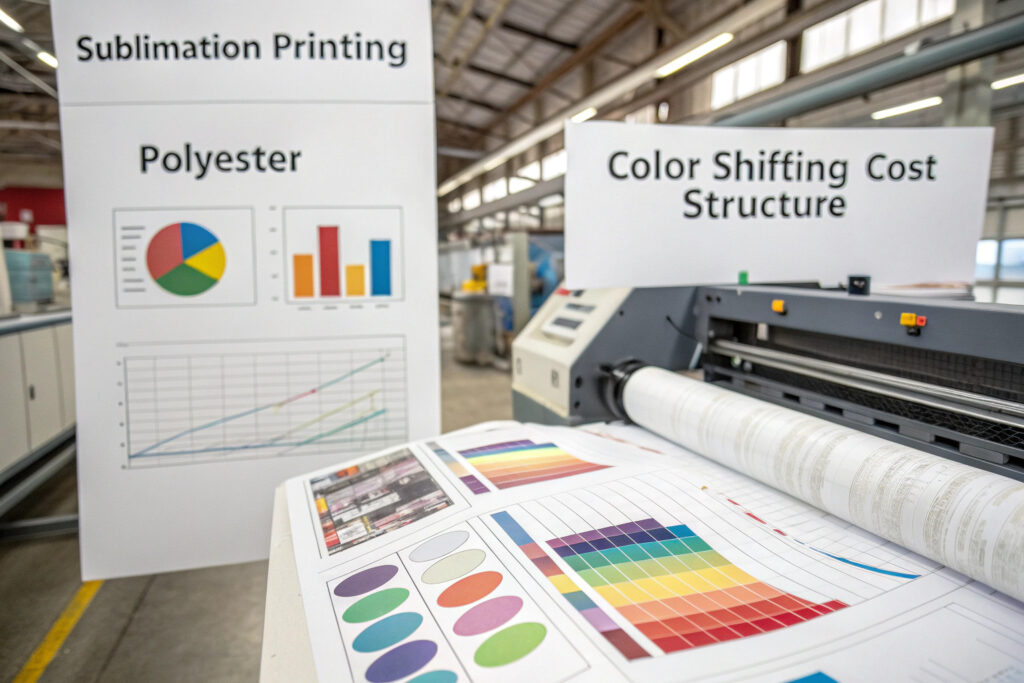
Why is sublimation limited to polyester fabrics?
The process requires synthetic fibers with specific polymer structures that can accept the gaseous dyes. Natural fibers like cotton, bamboo, or silk cannot be sublimated unless they've been specially coated or blended with high polyester content (typically 80%+). This limitation means sublimation isn't suitable for brands committed to 100% natural fiber masks. Our solution for clients wanting natural fibers involves using polyester-cotton blends with at least 65% polyester content for acceptable results.
What causes the higher costs for small production runs?
Significant setup costs including digital file preparation, heat press setup, and specialized transfer paper make sublimation economically challenging for quantities under 100 pieces. The per-unit cost decreases dramatically at higher volumes, with the most significant price breaks occurring at 250, 500, and 1,000 piece thresholds. Our pricing structure shows that while sublimation costs $4.50-6.00 per mask for 50 pieces, it drops to $1.75-2.50 per mask at 1,000 pieces.
How Does Sublimation Impact Mask Performance and Comfort?
The printing method can affect functional aspects beyond mere appearance, with implications for wearability.
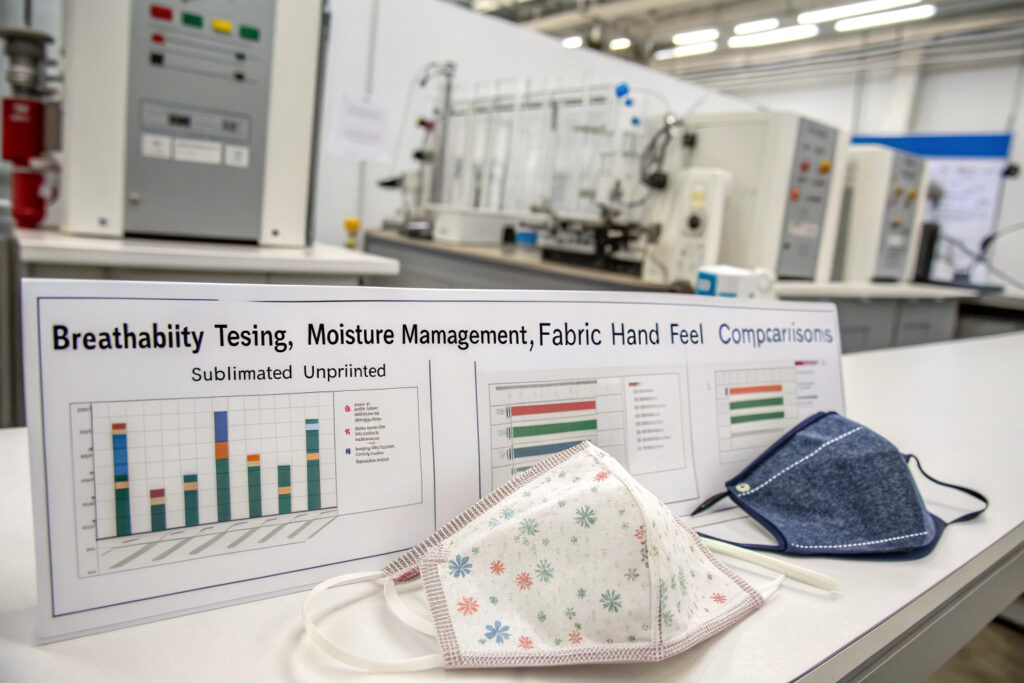
Does sublimation affect moisture-wicking properties?
Properly executed sublimation minimally impacts moisture management because the dye particles occupy spaces within the fibers rather than coating the fabric surface. However, excessive heat during the transfer process can slightly alter the fabric's hydrophilic properties. Our testing shows well-sublimated masks maintain 85-90% of their original wicking capability, while poorly executed sublimation can reduce it to 70-75%.
How does the process influence fabric hand feel?
The minimal additive nature of sublimation preserves the fabric's original texture and flexibility better than most printing methods. Since no additional layers are added to the fabric surface, the hand feel remains virtually unchanged. This is particularly valuable for mask interiors where texture sensitivity can impact wearer comfort. Our wear test panels report no detectable difference in comfort between sublimated and plain polyester masks.
What Design Considerations Are Unique to Sublimation?
Sublimation enables specific design capabilities while imposing particular creative constraints.
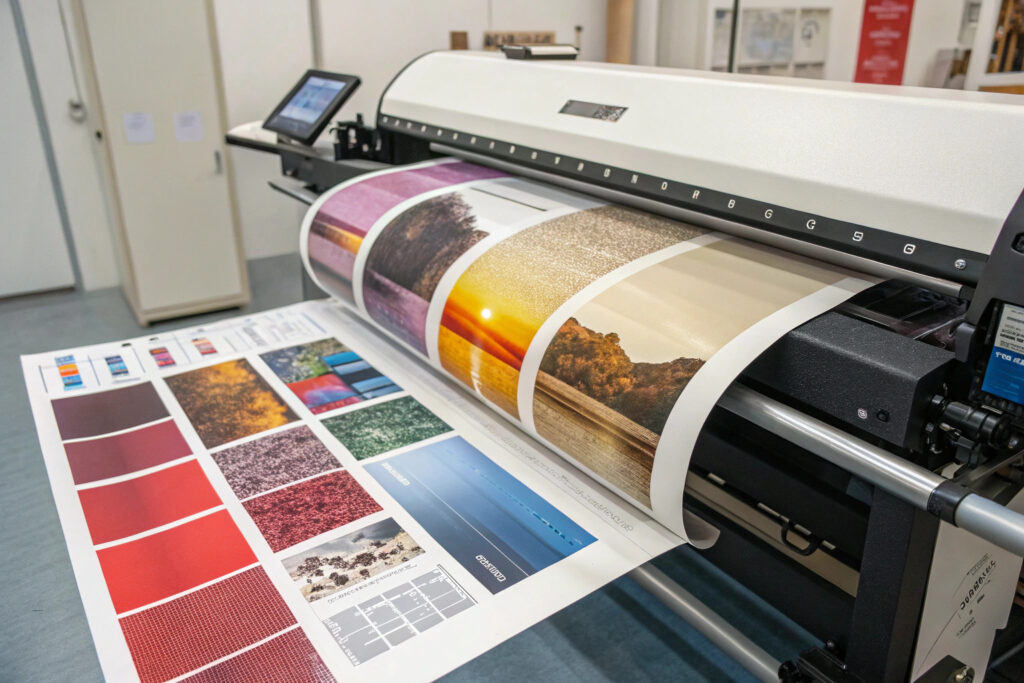
Why is sublimation ideal for complex designs?
The digital printing process handles photographic images, intricate patterns, and color gradients with precision impossible in screen printing. With sublimation, designers aren't limited by color counts or registration issues, enabling truly unlimited creativity. This capability has been particularly valuable for fashion masks, licensed character designs, and artistic expressions where detail and color complexity matter.
What are the limitations with dark fabrics?
Sublimation dyes are translucent rather than opaque, meaning they cannot cover darker base colors effectively. The process works best on white or light-colored polyester where the vibrant dyes can show true to their original colors. While techniques exist for dark fabric sublimation using white underbases, these compromise the breathability advantages and feel more like traditional printing. Our design guidelines specifically recommend light-colored bases for optimal sublimation results.
What Environmental and Safety Factors Should Be Considered?
The ecological and health implications of sublimation present both advantages and concerns.
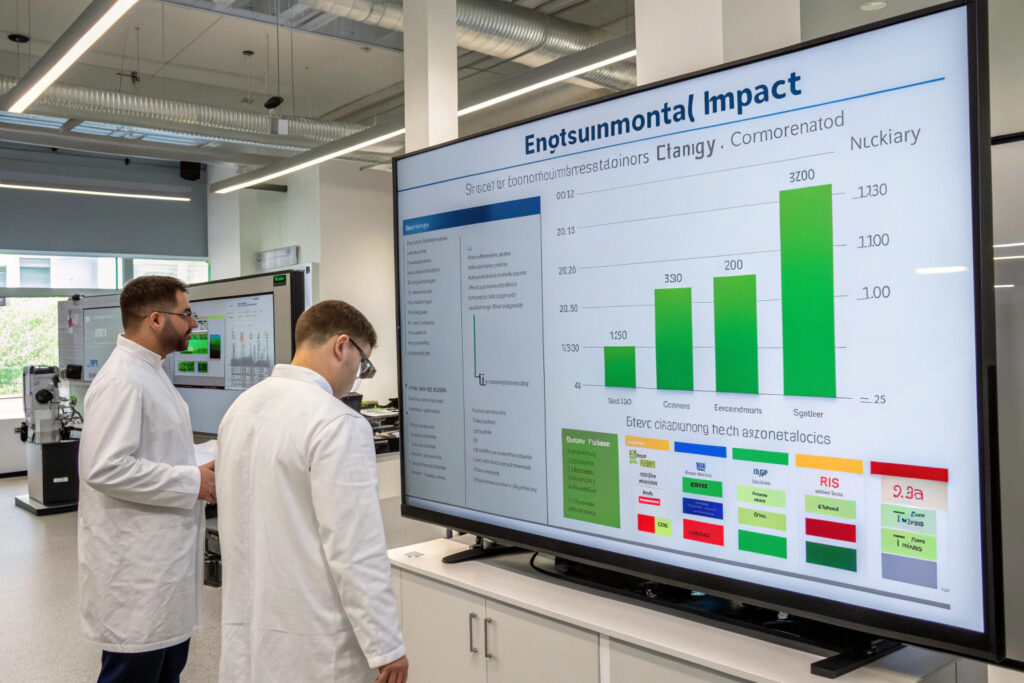
How does sublimation compare environmentally to other methods?
Sublimation is generally more environmentally friendly than many traditional printing methods because it produces minimal waste water, uses dyes with lower VOC content, and doesn't require chemical cleaners between color changes. However, the transfer paper represents a single-use waste stream, and the process consumes significant energy for heating. Our environmental assessment shows sublimation has 30-40% lower environmental impact than plastisol screen printing but higher impact than water-based printing.
Are sublimated masks safe for skin contact?
Properly processed sublimation creates chemically stable bonds that don't leach dyes during normal wear. The dyes become part of the polymer structure rather than sitting on the surface where they could transfer to skin. All our sublimated masks undergo OEKO-TEX® Standard 100 testing to verify the absence of harmful substances, with particular attention to heavy metals and allergens that could concern sensitive wearers.
Conclusion
Sublimation printing on polyester masks offers exceptional advantages for vibrant, durable designs with maintained breathability, but requires accepting limitations including polyester dependency, cost structure suited to larger runs, and design constraints on dark fabrics. The technique excels for fashion-forward masks, detailed patterns, and designs where color fastness through multiple washes is prioritized.
The decision to use sublimation should balance design requirements, target price points, fabric preferences, and production volumes. For brands focusing on colorful, intricate designs on light-colored polyester masks with production runs of 250+, sublimation often represents the optimal printing solution. For natural fiber preferences or very small batches, alternative methods may prove more suitable.
Ready to explore whether sublimation printing is right for your mask collection? Contact our Business Director, Elaine, at elaine@fumaoclothing.com to discuss your specific design requirements and receive samples demonstrating sublimation capabilities. We'll help you determine the optimal printing method based on your design vision, budget, and performance requirements.

